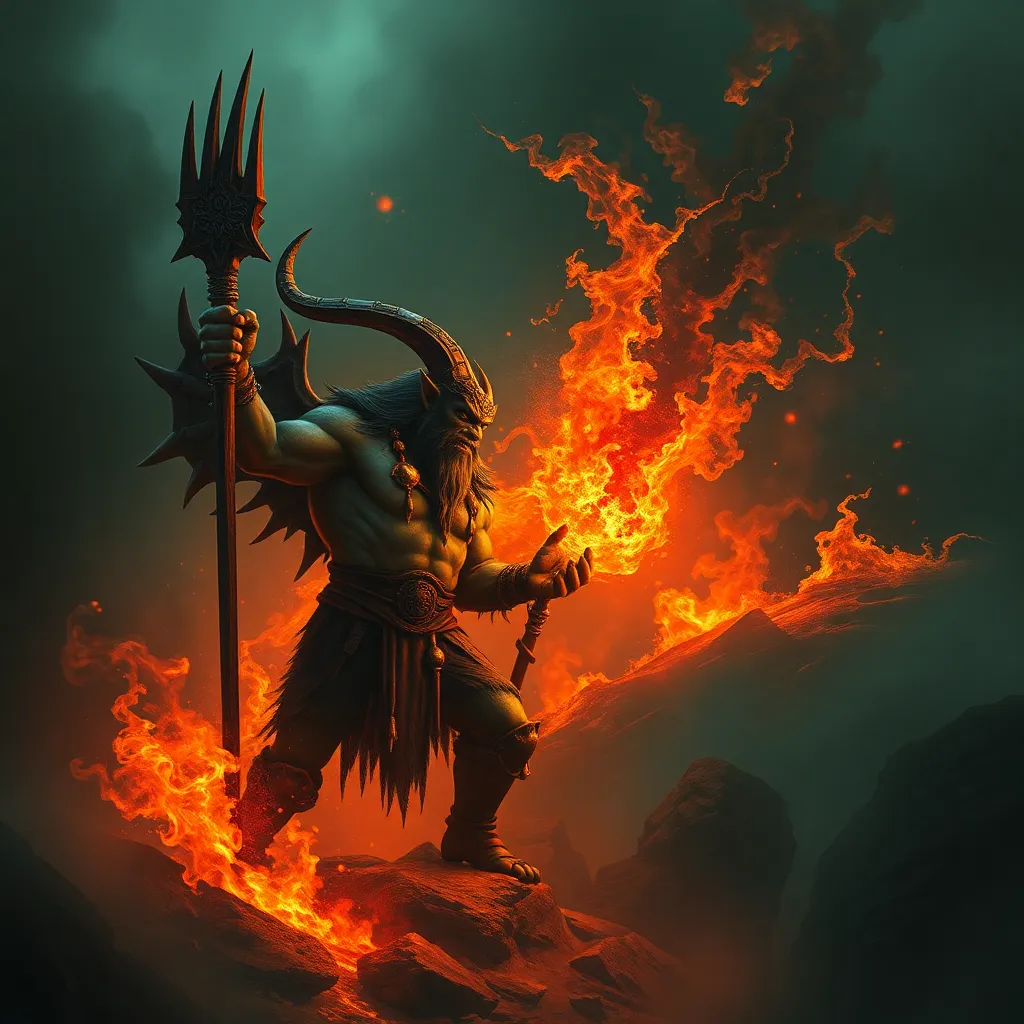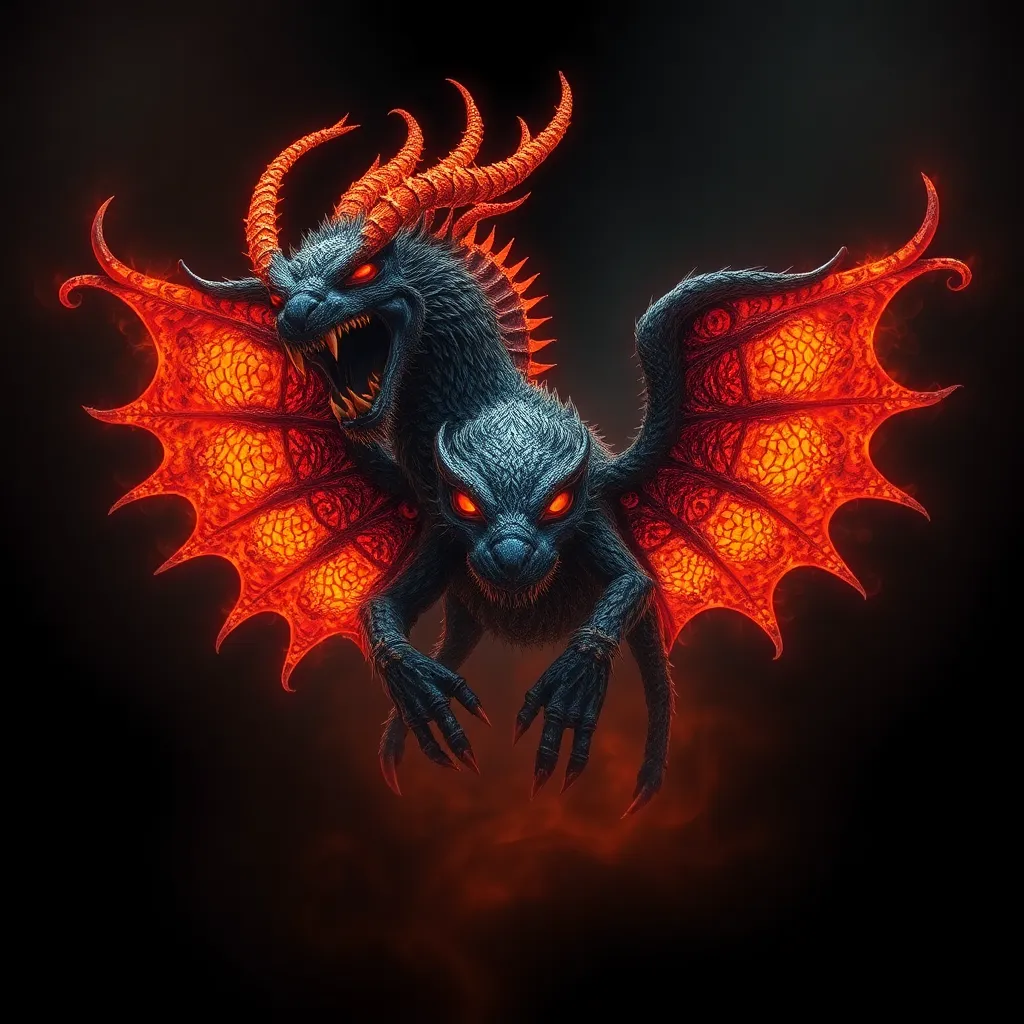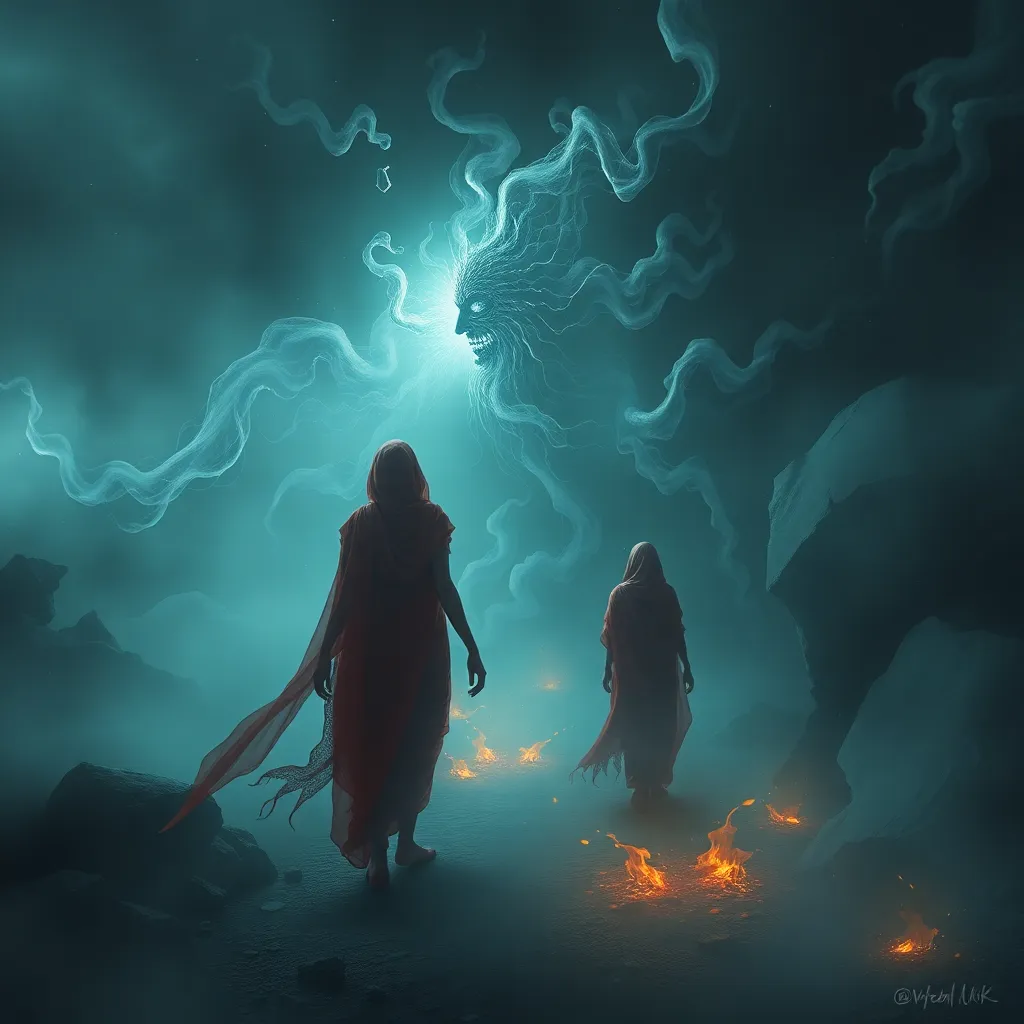The Orcish Impact on Human History: Exploring the Influence of Orcs on Human Cultures & Civilizations
I. Introduction
Orcs have captivated the imagination of countless generations, emerging as one of the most recognizable creatures in mythology and popular culture. Defined as brutish, warlike beings often depicted in fantasy settings, Orcs have become emblematic of conflict and the primal aspects of human nature.
This article aims to explore the multifaceted influence of Orcs on human cultures and civilizations throughout history. By examining their origins, representations in literature and media, and their interactions with human societies, we seek to understand the profound impact these mythical beings have had on our collective consciousness.
The themes discussed will include the historical origins of Orcs, their portrayal in modern culture, their role in human conflict, and their contributions to civilization, culminating in contemporary perspectives on their representation and significance.
II. Historical Origins of Orcs
A. Early depictions of Orc-like beings in ancient texts
The concept of Orc-like beings can be traced back to ancient myths and texts. Early references to creatures resembling Orcs can be found in:
- The Epic of Gilgamesh, where monstrous beings serve as antagonists.
- Various mythologies, including the Greek Cyclopes and the Norse trolls, which share similar traits of brutishness and aggression.
B. Evolution of the Orc archetype through folklore and mythology
As societies evolved, so did the representation of Orcs. The medieval period saw a surge in tales of monstrous creatures, with Orcs often serving as embodiments of chaos and destruction. This evolution can be attributed to:
- The need to externalize fears of the unknown.
- Symbolism of the “other” in societal conflicts.
C. Comparison with other mythical creatures and their roles in cultures
Orcs are often compared to other mythical beings such as goblins, trolls, and ogres. While each creature has distinct traits, they share common themes of:
- Otherness and the embodiment of societal fears.
- Their roles in folklore as antagonists or obstacles for heroes.
III. Orcs in Literature and Popular Culture
A. The portrayal of Orcs in classic literature (e.g., Tolkien’s works)
J.R.R. Tolkien is perhaps the most influential figure in shaping the modern perception of Orcs. In his works, Orcs are depicted as:
- Warlike creatures with a complex hierarchy.
- Victims of corruption, reflecting the darker side of nature.
B. Modern interpretations in video games and films
Orcs have found a significant place in contemporary media, particularly in video games and films. Titles such as:
- World of Warcraft
- The Lord of the Rings film trilogy
have popularized various interpretations of Orcs, often portraying them in a more nuanced light, capable of honor and camaraderie.
C. The impact of these depictions on public perception of Orcs
The portrayal of Orcs in mainstream media has shifted public perception, leading to a more complex understanding of their character. Orcs are increasingly seen as:
- Symbols of resilience and strength.
- Representations of misunderstood beings striving for acceptance.
IV. Cultural Exchanges: Orcs and Human Societies
A. Interactions between Orc tribes and human civilizations
Throughout history, various narratives have depicted interactions between Orc tribes and human civilizations, often characterized by:
- Trade agreements.
- Diplomatic negotiations.
- Military confrontations.
B. Trade, diplomacy, and conflict: Case studies
Several existing folklore and fantasy narratives provide case studies of these interactions, illustrating how conflicts often arose from misunderstandings and cultural differences.
C. How these exchanges influenced cultural practices and beliefs
These exchanges have led to significant cultural influences, including:
- Shared myths and legends.
- Technological exchanges in warfare and agriculture.
V. The Role of Orcs in Human Conflict
A. Orcs as symbols of the ‘other’ in human warfare
Orcs have frequently been utilized as symbols of the ‘other’ in narratives of warfare, representing the enemy in conflicts. This portrayal often serves to:
- Justify the dehumanization of opponents.
- Rally societies against a common foe.
B. Historical conflicts involving Orcs and their implications
Fictional historical conflicts involving Orcs often reflect real-world tensions, drawing parallels between:
- Colonialism and the demonization of indigenous peoples.
- World wars and the portrayal of enemy nations.
C. The legacy of these conflicts in human history
The legacy of conflicts involving Orcs in literature and folklore continues to influence contemporary narratives about war and peace, shaping societal views on conflict and resolution.
VI. Orcish Contributions to Human Civilization
A. Technological and artistic influences attributed to Orcs
In various narratives, Orcs are credited with technological innovations, particularly in:
- Weaponry and warfare techniques.
- Artistic expressions, often reflecting their cultural heritage.
B. Contributions to folklore and storytelling traditions
Orcish stories have enriched folklore, providing cautionary tales that reflect:
- The duality of nature—both savage and noble.
- The importance of understanding and accepting differences.
C. The integration of Orcish elements in human cultural practices
Elements of Orcish culture have been integrated into human practices, influencing:
- Festivals celebrating strength and resilience.
- Art and literature that explore themes of identity and belonging.
VII. Contemporary Perspectives on Orcs
A. Modern discussions surrounding Orc representation in media
As society evolves, so too does the discourse surrounding Orc representation in media. Contemporary discussions focus on:
- Diversity and inclusion in fantasy narratives.
- The need for more nuanced portrayals of Orcs.
B. The impact of racial and social themes in Orc narratives
Orc narratives often intersect with themes of racism and social justice, prompting reflections on:
- Prejudice and stereotyping.
- The importance of empathy in understanding ‘the other.’
C. The potential for Orcs as a metaphor in contemporary society
Orcs can serve as powerful metaphors for various social issues, including:
- Struggles for acceptance.
- Challenges faced by marginalized communities.
VIII. Conclusion
In summary, the exploration of Orcs reveals their significant impact on human history and culture. From their early depictions in ancient myths to their complex representations in modern media, Orcs reflect deeper societal themes and human experiences.
The ongoing relevance of Orcs in understanding human history lies in their ability to symbolize conflict, resilience, and the quest for identity. As narratives continue to evolve, Orcs will likely remain a vital part of our cultural landscape, inviting us to confront our own fears and biases while celebrating the diversity of existence.
In closing, the future of Orcish narratives holds the potential for rich storytelling that can bridge gaps between cultures and foster understanding, making them an enduring element of our shared human experience.



